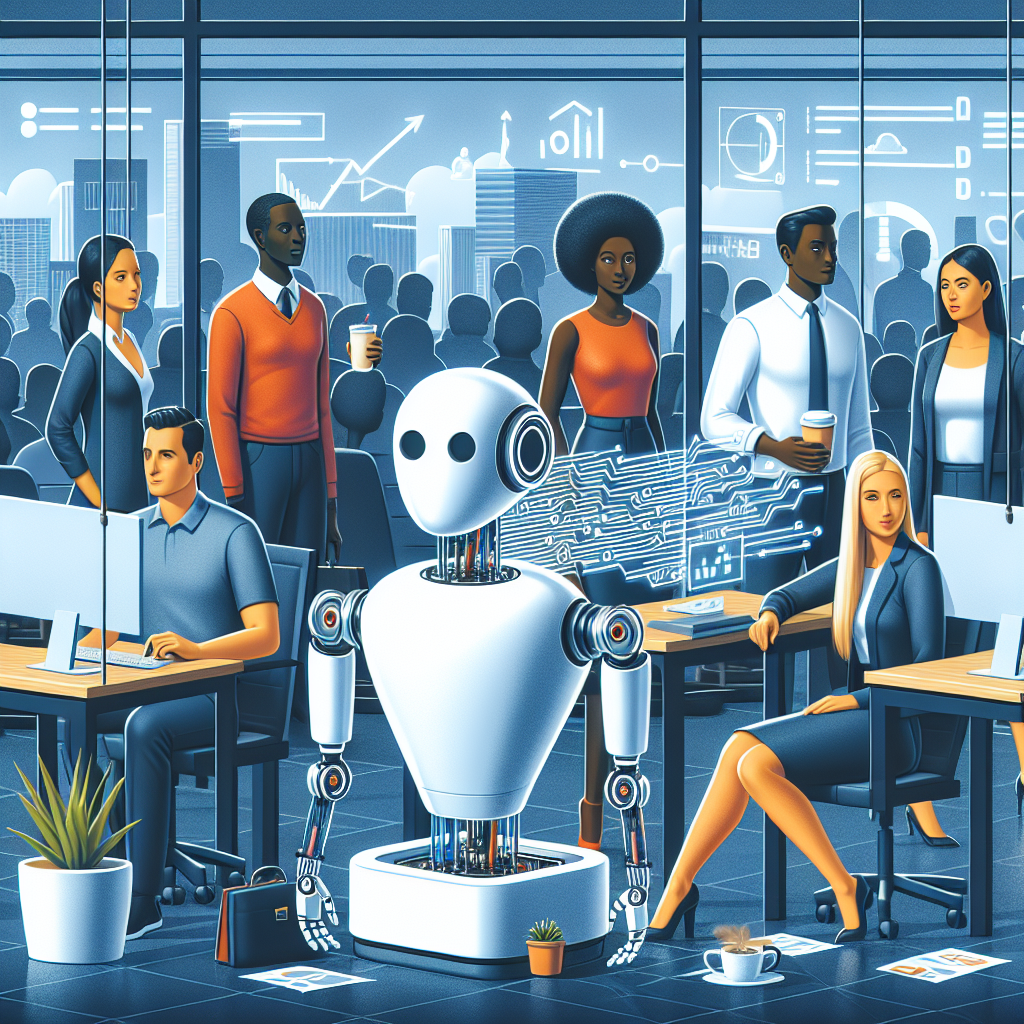Introduction
Artificial Intelligence (AI) has been transforming industries and changing the way we work for years. While the benefits of AI are numerous, there is a growing concern about the potential job displacement that could result from the automation of tasks that were previously performed by humans. This article will explore the risks of job displacement for the workforce due to AI, as well as potential solutions to mitigate these risks.
Risks of Job Displacement
One of the main risks of job displacement due to AI is the automation of routine tasks. AI technologies such as machine learning algorithms and robotics can perform tasks more efficiently and accurately than humans, leading to the elimination of jobs that involve repetitive and predictable tasks. This can result in job loss for workers who are not able to adapt to the changing job market.
Another risk of job displacement is the impact on specific industries. For example, the transportation industry is at risk of job displacement due to the development of autonomous vehicles. Truck drivers, taxi drivers, and delivery drivers could lose their jobs as companies adopt autonomous vehicles to reduce costs and improve efficiency. Similarly, the retail industry is facing job displacement as more companies implement automated checkout systems and online shopping platforms.
Furthermore, job displacement due to AI can also lead to income inequality. Workers in low-skilled jobs that are easily automated may struggle to find new employment opportunities, leading to a widening wealth gap between those who benefit from AI technologies and those who are left behind.
Mitigating the Risks
While the risks of job displacement due to AI are significant, there are steps that can be taken to mitigate these risks and ensure a smooth transition for the workforce. One solution is to invest in education and training programs that equip workers with the skills needed to thrive in a digital economy. By providing workers with the opportunity to learn new skills such as coding, data analysis, and artificial intelligence, they can adapt to the changing job market and secure employment in high-demand fields.
Another solution is to promote lifelong learning and upskilling among workers. Continuous learning and development can help workers stay relevant in the workforce and adapt to the changing demands of the job market. Employers can support their employees by offering training programs, mentorship opportunities, and career development resources to help them stay competitive in an AI-driven economy.
Additionally, policymakers can play a role in mitigating the risks of job displacement by implementing policies that support workers who are displaced by AI technologies. This could include providing financial assistance, job placement services, and retraining programs to help workers transition to new roles and industries.
FAQs about AI and Job Displacement
Q: Will AI technologies replace all human jobs?
A: While AI technologies have the potential to automate many routine tasks, it is unlikely that they will replace all human jobs. AI is more likely to augment human capabilities and create new job opportunities in high-skilled fields such as data science, cybersecurity, and software development.
Q: How can workers prepare for job displacement due to AI?
A: Workers can prepare for job displacement by investing in education and training programs that equip them with the skills needed to thrive in a digital economy. Lifelong learning and upskilling can help workers stay relevant in the workforce and adapt to the changing demands of the job market.
Q: What are some industries at risk of job displacement due to AI?
A: Industries such as transportation, retail, manufacturing, and customer service are at risk of job displacement due to AI. Jobs that involve routine tasks that are easily automated are most at risk of being displaced by AI technologies.
Q: How can policymakers mitigate the risks of job displacement due to AI?
A: Policymakers can mitigate the risks of job displacement by implementing policies that support workers who are displaced by AI technologies. This could include providing financial assistance, job placement services, and retraining programs to help workers transition to new roles and industries.
Conclusion
AI technologies have the potential to transform industries and create new opportunities for innovation and growth. However, the risks of job displacement for the workforce are significant and must be addressed to ensure a smooth transition to an AI-driven economy. By investing in education and training programs, promoting lifelong learning and upskilling among workers, and implementing policies that support displaced workers, we can mitigate the risks of job displacement and create a more inclusive and resilient workforce.

